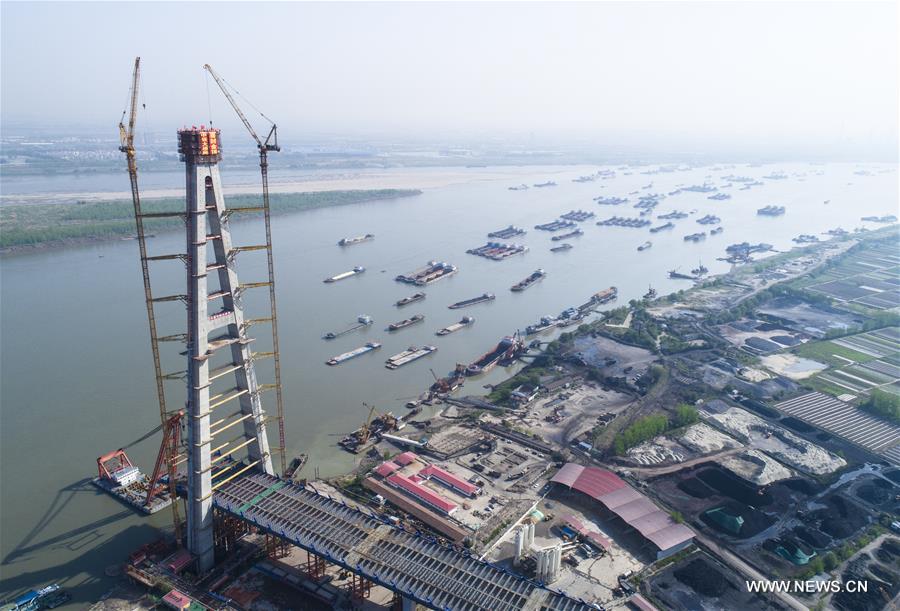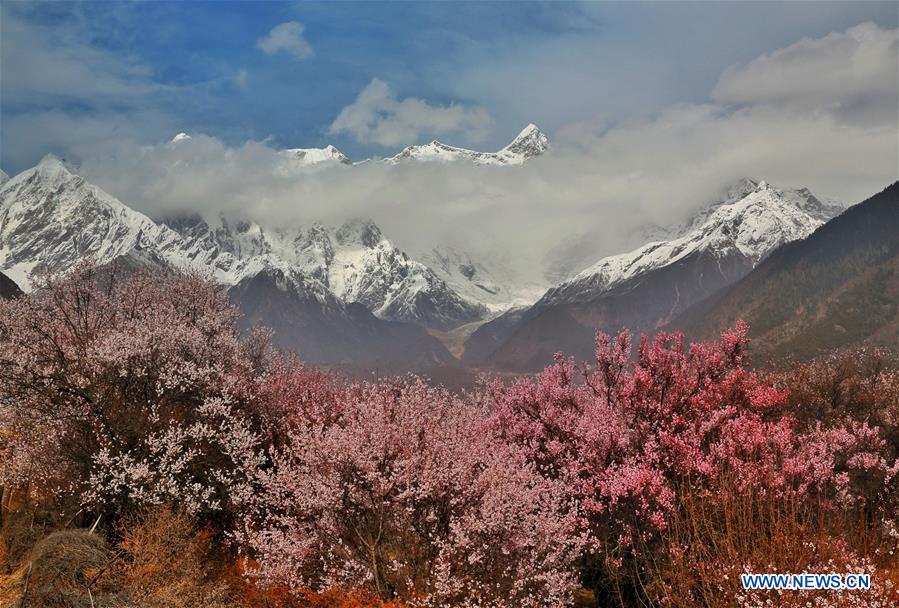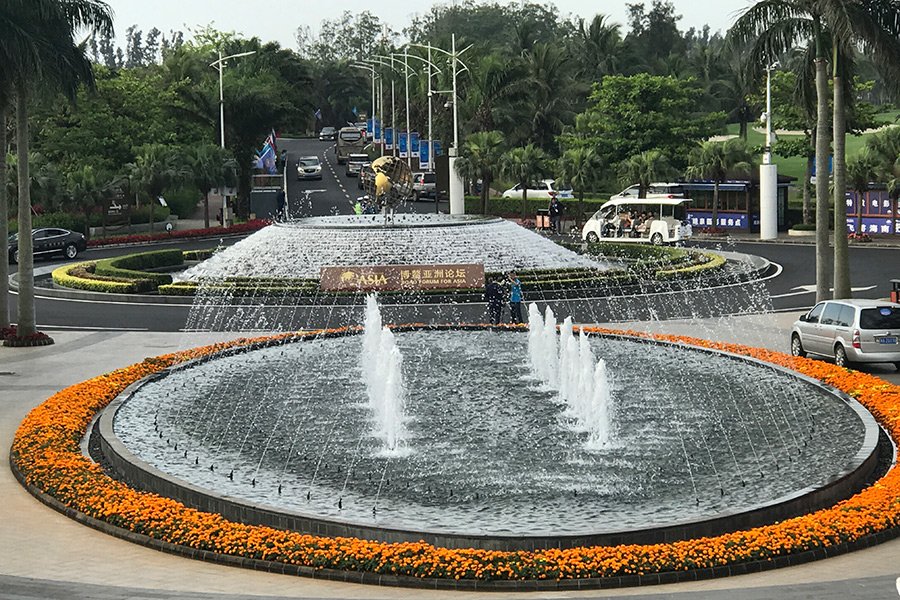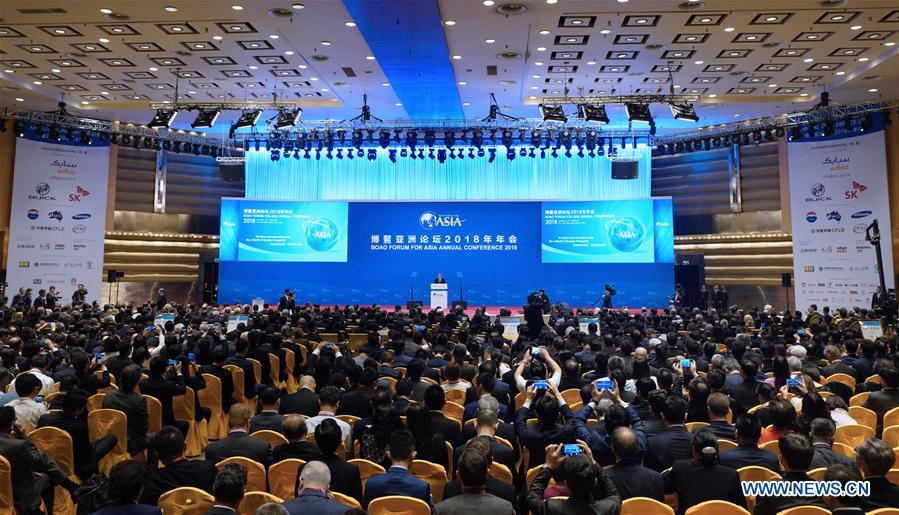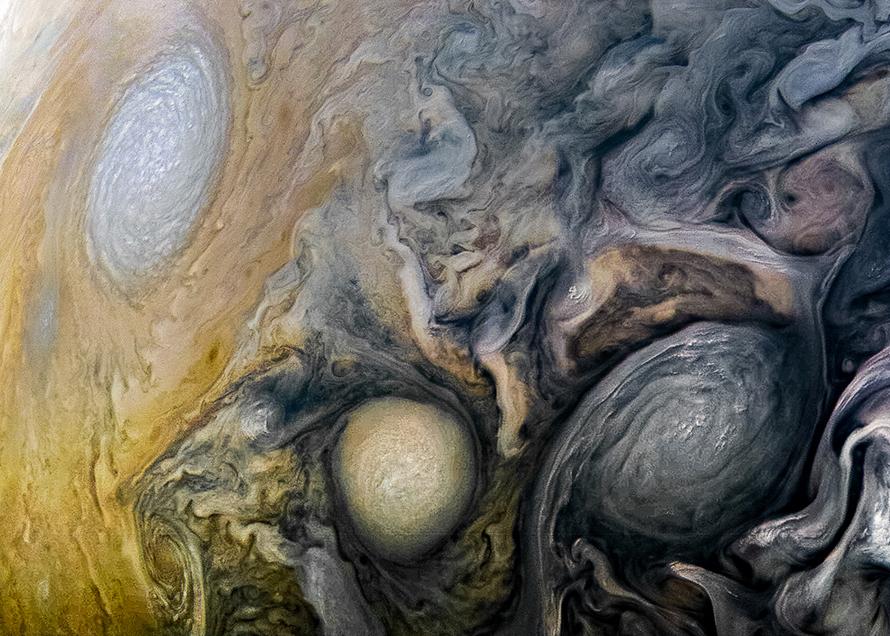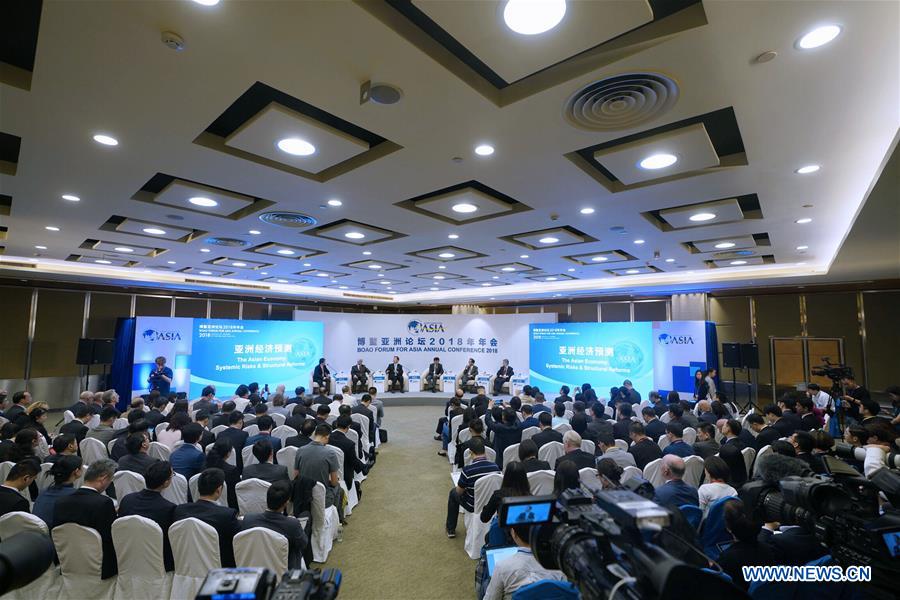Other air pollutants are declining in Beijing-Tianjin-Hebei region
The concentration of hazardous ozone in the Beijing-Tianjin-Hebei region and surrounding areas has been increasing, even though other major air pollutants have been declining, according to a report published on Tuesday.
Ozone is the only one of the six major air pollutants - including nitrogen dioxide, sulfur dioxide and PM 2.5 - that is rising, according to the air quality evaluation report published by Peking University's Guanghua School of Management and the Center for Statistical Science.
In addition to Hengshui, Hebei province, and Taiyuan, Shanxi province, the average ozone concentration from noon to 8 pm last year in all the other cities had increased since 2013, the report said.
"There were sharp increases in some cities," it said.
The data covered 33 cities.
Of those, Dezhou, Shandong province, saw the highest eight-hour ozone concentration in 2017, with 115.6 micrograms per cubic meter, up by almost 38 percent from 2013, according to the report.
Data used in the report was gathered from 172 national air quality monitoring stations.
Excessive concentrations of ozone can cause respiratory tract irritation, damage the body's immune system and affect lung function.
The ozone density in Beijing's downtown area is comparatively lower than in the capital's rural areas, as the gas may react with vehicle exhaust, according to the report.
"Special attention should be paid to protection from ozone when people visit the rural tourist resorts in the capital," said Chen Songqi, a professor of statistics at Peking University and one of the main authors of the report.
The government should also set a target for ozone concentration, as it does for the concentration of PM 2.5, to avoid the simultaneous occurrence of particulate matter pollution and health-harming gas pollution, he said.
Generally, there was no obvious decrease in the concentration of nitrogen dioxide in the 33 cities. "Only 11 cities saw the concentration of nitrogen dioxide decrease by more than 10 percent from 2013," the report said.
Ground-level ozone can be created when nitrogen oxides, which come mostly from motor vehicles, interact with sunlight. So nitrogen oxide is a major contributor to ozone pollution.
Chen, the professor, said the control of motor vehicle emissions "should be one of the focuses in future air pollution control work".















